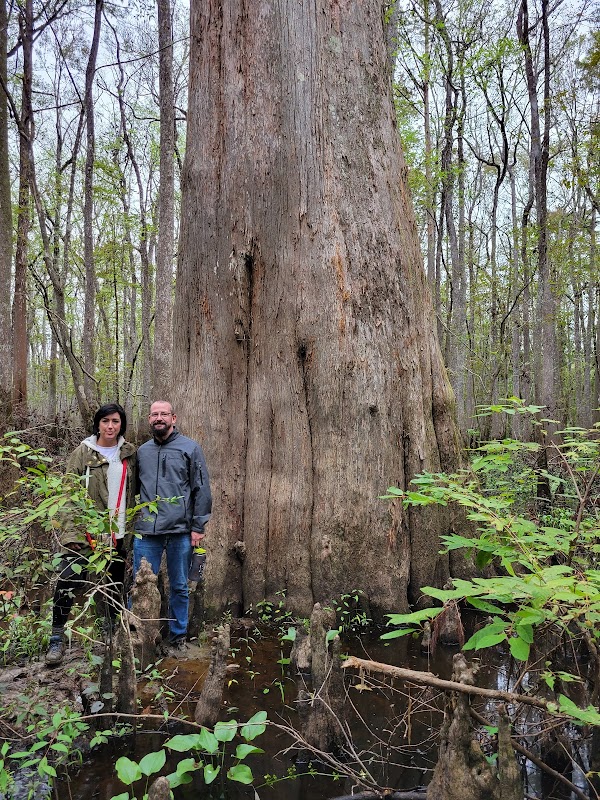
Weekend Wilderness Escape: Navigating the Leaf River’s Untamed Course
The Leaf River invites weekend adventurers to a wilderness playground where river currents push you forward and thick forests guard the shoreline. This rugged Mississippi escape promises both thrilling water navigation and quiet moments with nature, perfect for those ready to engage directly with a living landscape.
Waterproof Footwear Is a Must
Expect wet and muddy conditions on banks and in camps. Durable water-resistant boots or neoprene shoes prevent discomfort and injury.
Start Early Daily
Morning light offers calmer winds, fewer insects, and cooler temperatures, allowing more progress before afternoon storms hit.
Bring a Map and Compass
The river’s twists can disorient. Physical navigation tools are crucial since signals for digital devices can falter in dense forest.
Mind Local Wildlife
Be aware of snakes and alligators in warmer months; store food securely and remain alert along shorelines and in campsites.
Weekend Wilderness Escape: Navigating the Leaf River’s Untamed Course
The Leaf River in Mississippi offers a raw and inviting wilderness weekend that challenges adventurers to engage with a fiercely natural force. Stretching over miles of winding water and forested shoreline, the river dares you to move with its current, pushing forward through tall pines and thick underbrush. This is no gentle drift—expect the river to shape your journey with gentle rapids, quiet pools, and occasional stretches where the forest comes right to the water’s edge.
Plan for a multi-day trip that totals roughly 20 to 25 miles along varied terrain. While the river’s elevation gain is modest, muddy banks and sandbars demand steady footing and clear navigation. The surrounding forests, alive with the hum of cicadas and the sudden flicker of bird wings, provide a sensory backdrop that grounds you in the environment’s pulse. The air carries hints of pine resin and damp earth, punctuated by the occasional splash of fish breaking the water’s surface.
To prepare, equip yourself with water-resistant footwear and a reliable hydration system; the Leaf River’s twists can conceal obstacles and lengthen travel times. Start early in the morning when the sun is softer and the wildlife is most active—this timing also helps avoid afternoon storms common in summer. Weather patterns here are changeable, so layered clothing will keep you ready for shifts between warm sun and damp chill.
Canoeing or kayaking down the river is a practical and exciting way to cover distance with an immersive view of the landscape. Each bend offers new perspective—the forest seems to lean forward, eager to witness your passage, while otters and kingfishers remind you that you’re part of a greater ecosystem. Wildlife encounters, both subtle and striking, reward careful observation.
Camping along the riverbanks lets you absorb the night sounds: frogs calling, water rippling, and the occasional rustle of animals moving nearby. Choose established sites or durable surfaces close enough to the water for easy access but elevated enough to avoid flooding.
This weekend adventure demands respect for a wilderness fiercely itself. It’s not about conquering the wild but learning its rhythm, reading its cues, and moving with intention. Pack smart, keep a practical mindset, and you’ll find the Leaf River’s wilderness weekend not only an escape but a challenge met with satisfying success.
Nearby Trips
All Adventures
Boat Charters
Water Activities
Adventures near Hattiesburg, Mississippi
Discover the unique and memorable adventures that make Hattiesburg, Mississippi special.
Frequently Asked Questions
Is prior kayaking experience necessary to canoe the Leaf River?
Basic paddling skills are recommended, as the river features gentle rapids and variable currents. Beginners can navigate slower stretches with care but should prepare for occasional swift sections.
Where are the best spots to camp along the Leaf River?
Look for established campsites on elevated riverbanks that provide safe distance from rising water. Areas near leaf-shaped bends often offer flat terrain and natural shelter from winds.
What wildlife might I encounter on this trip?
Expect to see river otters, great blue herons, kingfishers, turtles, and even the elusive bald eagle. Venomous snakes such as water moccasins inhabit the area, so remain cautious around water edges.
Are there any permits required for paddling or camping?
No specific permits are generally needed for recreational use of the Leaf River, but check with local authorities for any seasonal restrictions or special use rules, particularly for overnight camping.
What hazards should I be aware of on the Leaf River?
Beware of shifting sandbars, submerged logs, and sudden shallow areas that can flip small craft. During storm season, avoid paddling in thunderstorms and secure gear to prevent loss.
How can I minimize my environmental impact during this trip?
Follow Leave No Trace principles—pack out all waste, use existing campsites, avoid disturbing wildlife, and be mindful not to introduce contaminants to the river.
Recommended Gear
Waterproof Hiking Boots
Protects feet from wet terrain, mud, and uneven surfaces while providing ankle support.
Hydration Pack
Keeps water accessible during paddling and hiking, critical for preventing dehydration.
Lightweight Rain Jacket
Offers protection during sudden rain showers and river spray, maintaining warmth and dryness.
Portable Camping Stove
Allows for quick warm meals and boiling water in cooler weather at campsites.
Local Insights
Hidden Gems
- "An old sunken log jam halfway down the river creates a natural shelter and is a favored spot for bird watching."
- "A small oxbow lake near the south bank often hosts rare migratory birds in spring."
Wildlife
- "River otters are frequent and playful companions on clear mornings."
- "Large populations of snapping turtles can be spotted basking on logs near calm pools."
History
"The Leaf River corridor was a critical trade route for Native American tribes and later for early European settlers. Remnants of old ferry crossings and stone foundations hint at its historical significance."
